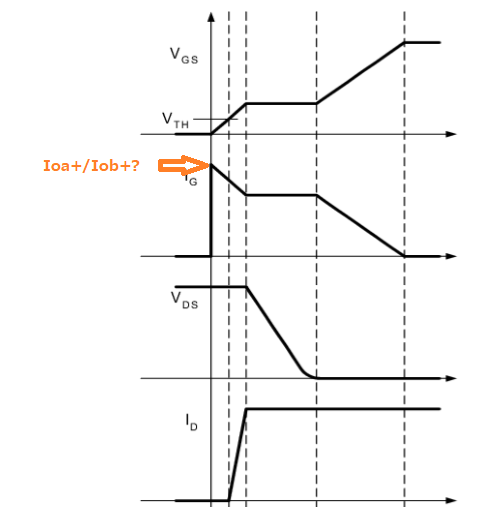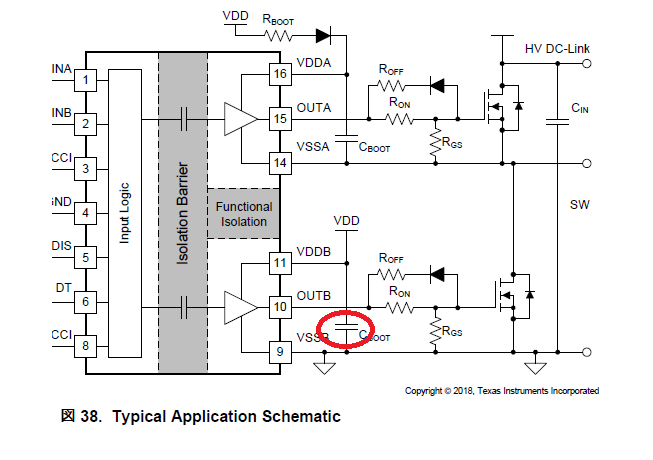Dear, Sir.
My customer is evaluation UCC21222-Q1 for their system.
At this time, They are asking following topics.
Please give your advice.
1. Source & Sink Current(Ioa+/Iob+, Ioa-/Iob-) are defined on the
datasheet as typical. To calculate the gate charging/discharging time
min/max would be significant, I think.
Is it possible to clarify min/max source & sink current?
2. What is the main factor to create above variation?
Accuracy of the internal current source?
3. I wonder Source & Sink Current(Ioa+/Iob+, Ioa-/Iob-) will keep
to complete the charging/discharging for Qg of external FET?
4. If Gate & Source was shorted on lowside FET(Source = GND),
Is there any damage on UCC21222-Q1?
Best Regards,
H. Sakai




